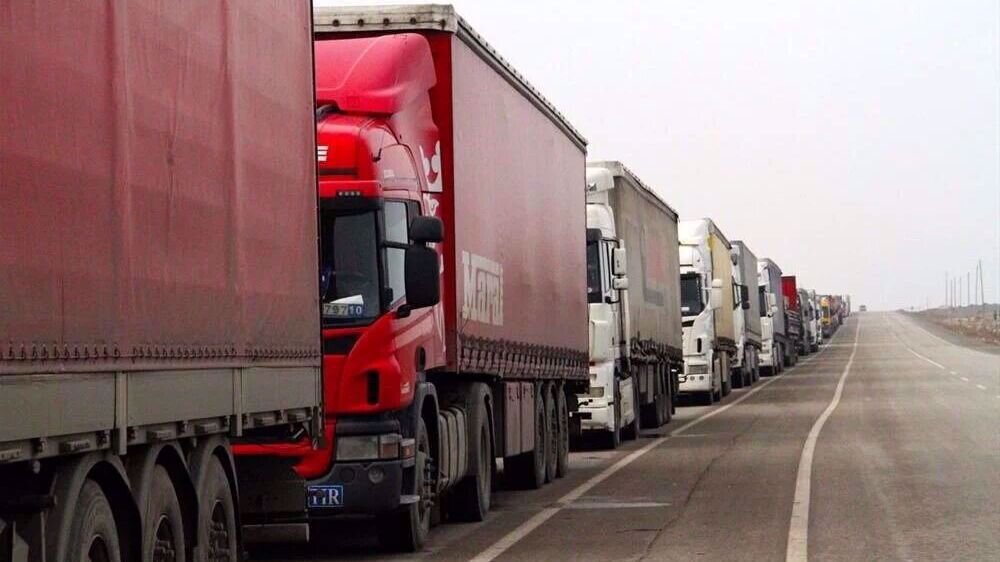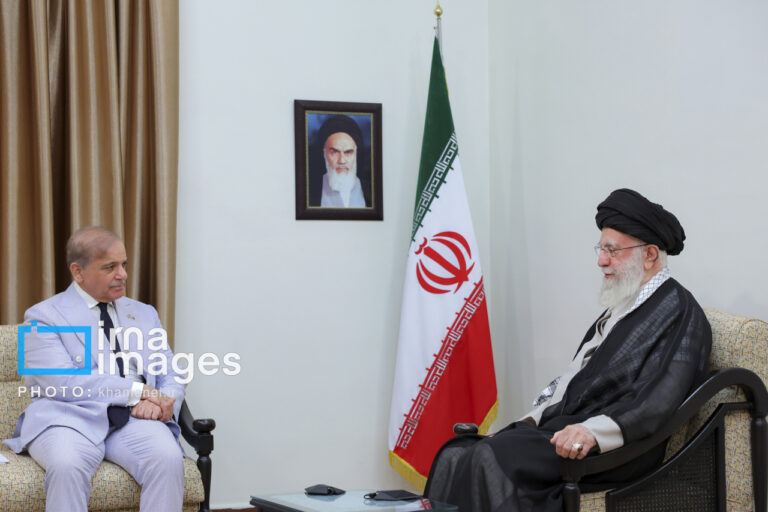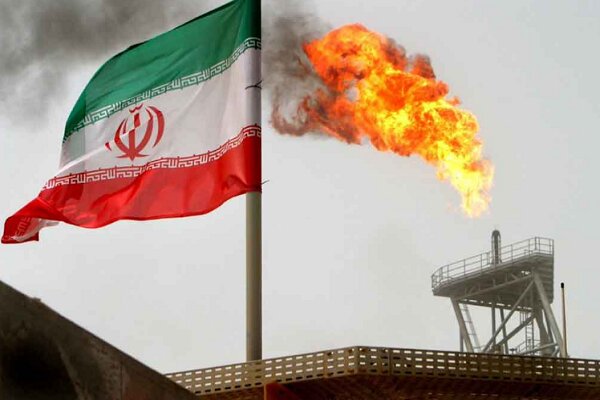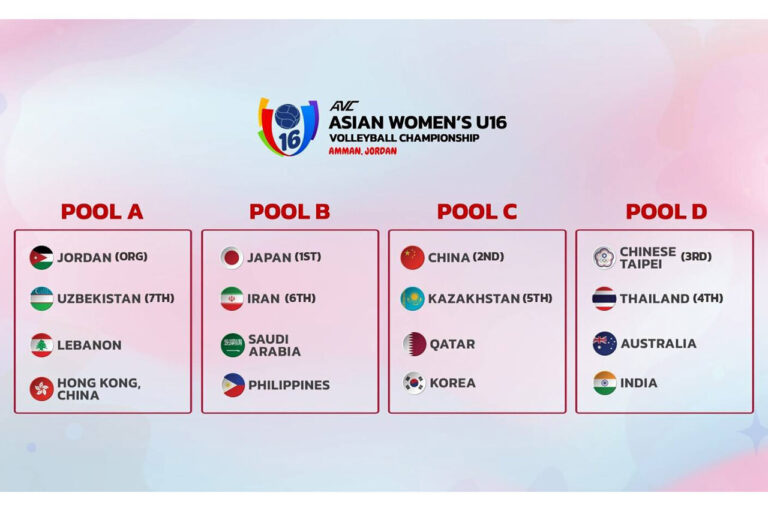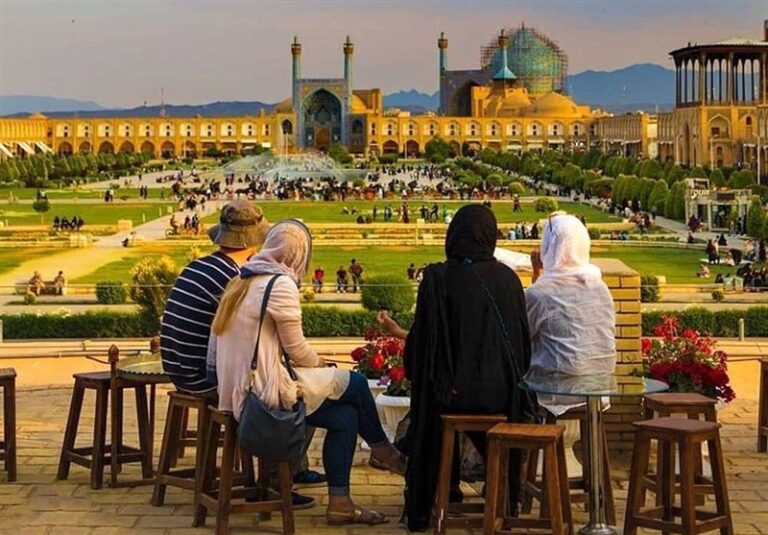Iran Sees 27% Surge in Cargo Transit Over 10 Months, Reports Roads Ministry
In a significant development for the logistics sector, Iran has reported a remarkable increase in cargo transit through its extensive road network. According to Javad Hedayati, who oversees Transit Operations at the Ministry of Roads and Urban Development (MRUD), this surge is set against the backdrop of ambitious annual transit targets.
As of April to January, cargo transit via Iranian roads has reached an impressive 15 million metric tons (mt). This achievement is particularly notable in light of the annual transit goal of 16 million mt established for both road and rail transport in Iran.
Hedayati anticipates that by the end of March, this figure could escalate to 17.5 million mt. Furthermore, projections suggest that cargo transit could soar to 22 million mt in the upcoming calendar year, with an ambitious target of 40 million mt by 2028, as part of a comprehensive five-year economic vision plan.
The surge in cargo transit is largely attributed to Iran’s renewed diplomatic efforts aimed at enhancing relations with neighboring countries and integrating into significant economic groups such as BRICS and the Shanghai Cooperation Organization (SCO).
- In recent years, there has been a notable increase in cargo transit from Turkey and India to Central Asia.
- Iran has entered into several major transportation agreements with nations in Central Asia, aimed at boosting transit revenue.
One of the key agreements was the removal of a 400% tax on trucks traveling between Iran and Uzbekistan, which took effect on January 10 after two decades. This tax relief is expected to significantly enhance cargo movement between the two countries.
In addition, Turkmenistan has also agreed to eliminate taxes on shipments arriving from Iran, while discussions are ongoing with Kazakhstan to streamline cargo transit between the two nations.
Moreover, Iran is actively pursuing transportation negotiations with China, aiming to boost both cargo and passenger traffic from the East Asian nation to Iran, Turkey, and Europe. This strategic collaboration is expected to further elevate Iran’s position as a crucial transit hub in the region.
Overall, the Iranian government’s focus on enhancing its transportation infrastructure and establishing favorable agreements with neighboring countries is set to position Iran as a key player in the regional logistics landscape. With these initiatives, Iran is not only looking to increase its cargo transit capacity but is also aiming to become an integral part of international trade routes.
In conclusion, the significant increase in cargo transit through Iran’s roads is a clear indication of the country’s growing importance in regional logistics. As Iran continues to forge stronger ties with neighboring countries and engage in diplomatic efforts to join major economic blocs, the prospects for further growth in cargo transit appear promising.
For more updates on Iran’s transit operations and logistics developments, stay tuned to our coverage.
